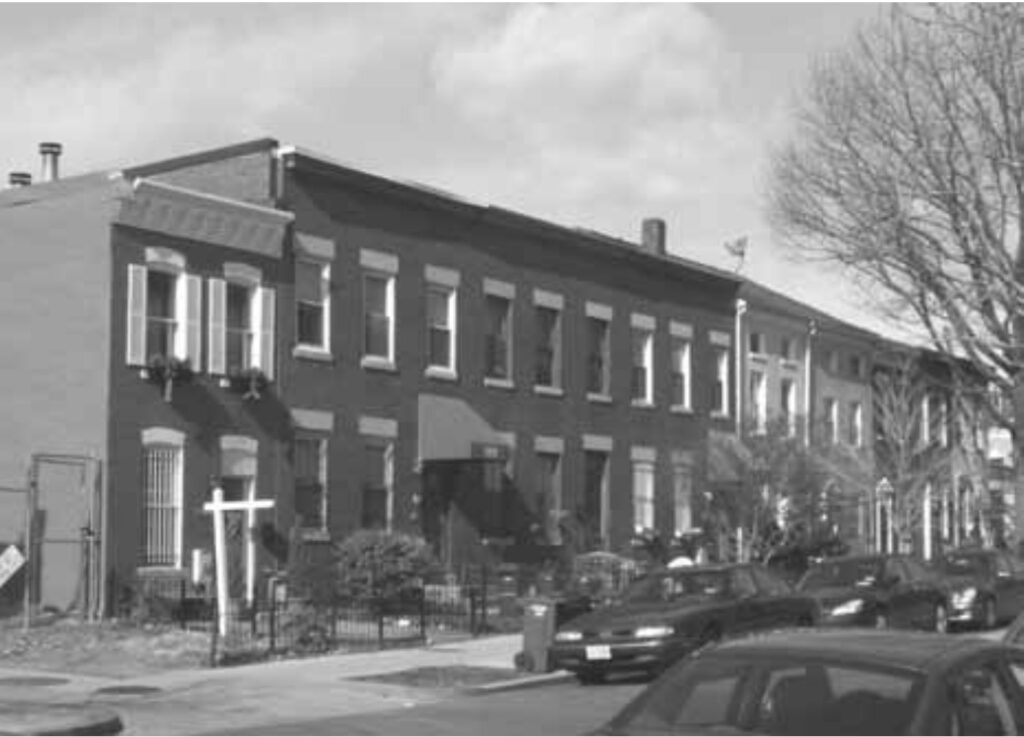The Shaw neighborhood in Northwest D.C. bustled in the late 19th and early 20th centuries as a hub of black cultural and academic life. Today, due to the city’s gentrification efforts, the neighborhood, which is home to Howard University, has been transformed and its black residents priced out.
“Ten years ago there were no whites walking through here,” said Joseph Gere, Shaw resident. “The houses here were built by African Americans a long time ago. Now they cannot afford to repair their house. Tax goes higher, so they have to be kicked out.”
According to the 2010 census estimate released on Jan. 7, the black population decreased every year from 2000 to 2008, while the numbers of whites and other minorities increased. The District lost around 27,000 black residents and gained around 40,000 white residents.
D.C. may cease to be a majority black city by 2020 due to the movement of this population into the suburbs in search of afford-able housing.
“It’s the life cycle of the economy. In certain areas the prices get raised and if you can’t pay for it you have to go and those people that can, move in,” said Bukhari Jenkins, a senior at Howard University who used to live in the neighborhood. “It just happens that the majority of people that are leaving are African Americans, and the majorities that are coming in are white people or people that aren’t black that have money to do so.”
Blacks are moving to more suburban settings such as Prince George’s and Montgomery counties. “When you compare the cost of living in D.C. to the cost of living in Prince George’s County, housing is clearly one of the largest factors,” said Kilin Boardman-Schroyer, legislative director for D.C. Councilmember Michael Brown. “D.C.’s cost of living is roughly 30 percent higher than living in many of the counties surrounding the District, and that includes housing, as well as just going out to eat or getting services.”
According to Elizabeth Chacko, associate professor of Geography and International Affairs at the George Washington University, the problem is affordability, as gentrification has priced out lower income people, increasing both land values and rent exponentially. “There is a dearth of affordable housing in D.C.”
“Many of the people who are entering the District are professionals, resulting in increased property values for long-time residents unable to afford that level of increase in housing costs,” Boardman-Schroyer said.

“We need to make sure that we do a good job striking a balance of bringing in new people, having strong economic development that creates new condo buildings, apartment buildings and townhouses while at the same time maintaining a number of affordable housing units that will allow residents and families who have been in the District to stay in the District,” said Boardman-Schroyer.
“Finding affordable housing is an important part of keeping the people here and keeping it a family-friendly city,” according to Michael Price, press secretary for councilmember-at-large Kwame R. Brown. “We must ensure that there is an adequate, comprehensive, adult jobs creation program in the District to provide people with the skills that they need to get a well-paying job.”
If D.C. can develop a vibrant job-creating infra-structure, more residents will be able to live in the city that they work in, said Price.
In addition to protecting affordable housing, Boardman-Schroyer said that the District needs to improve its school system as well as public safety to maintain families in the District.
D.C.’s population is currently estimated to be around 600,000, which is its highest since 1991. “According to state-level data, there has been a big population increase for 2009,” said Harriet Tregoning, director of the office of planning for Mayor Fenty “This is a trend that is going to continue to hold true for the rest of the decade.”

Tregoning cites many reasons for population growth. First, birth rates outpaced death rates in D.C. Second, “there has been a big increase in international migration mostly with the Ethiopians, Koreans and Hispanics.” Third, domestic migration is a major factor, as it has been since World War II. The city is “getting more diverse in terms of certain groups, as the groups that preceded them had success in the District.”
The nation’s capital has become the fifth largest immigration destination in the country, according to Elizabeth Chacko.“
The increase in the white population probably reflects the movement into the city of people attracted by the amenities the city provides, including the revitalization of the downtown area,” said Hal Wolman, professor of Political Science and Public Policy at George Washington University. “It is primarily people without school-aged children, empty nesters, young people and gays and lesbians, as the District is seen as a particularly welcoming place for them.”
The 2010 census will be released in December, and population estimates come from births, deaths and net migration. “It boils down to who has the money and who doesn’t,” said Bukhari Jenkins.








